Food Export USA-Northeast Plans First U.S. Shellfish Trade Mission to Europe for September
The mission follows the resumption of U.S.- EU trade in shellfish products earlier this year, after ten years of disruption.
Read moreThe mission follows the resumption of U.S.- EU trade in shellfish products earlier this year, after ten years of disruption.
Read moreFood Export USA – Northeast is a non-profit organization that promotes the export of food and agricultural products from the northeast region of the United States. The organization has been helping exporters of northeast food and agricultural products sell their products overseas since 1973, when it was first created as a cooperative effort between 10 northeastern state agricultural promotion agencies and the United States Department of Agriculture’s Foreign Agricultural Service (FAS). Food Export-Northeast, in conjunction with its member states, provides a wide range of services to facilitate trade between local food suppliers and importers around the world. These services include: export promotion, customized export assistance, and a cost-share funding program.
Read moreFood Export Association of the Midwest USA is a non-profit organization that promotes the export of food and agricultural products from the Midwestern region of the United States. Food Export-Midwest, in conjunction with its member states, provides a wide range of services to facilitate trade between local food suppliers and importers around the world. These services include: export promotion, customized export assistance, and a cost-share funding program.
Read moreSix journalists from the UK and EU spent last week touring southwest Louisiana rice country for an in-depth look at U.S. rice production with a special emphasis on sustainable production practices.
Read moreBy Peter Bachmann, Vice President, Policy & Government Affairs, USA Rice.
Read moreThe USA Poultry & Egg Export Council, known by the acronym USAPEEC, is a trade association of the U.S. poultry and egg industry that is dedicated to increasing exports of U.S. poultry and eggs worldwide. Through its international network around the globe, USAPEEC keeps current on issues that have a direct impact on U.S. poultry and egg exports. The heritage of the family farm and the importance of the land have allowed the poultry and egg industries to take the lead in sustainable development practices as a core principle to maintain a safe and secure food supply and in fundamentally preserving hundreds of rural economies in many states.
Read moreUSA Rice farmer, Jennifer James, spoke to Farmers Guardian, a leading UK farming publication, about her life and what it is really like growing rice, corn and soybeans in Arkansas. […]
Read moreThe UK experienced a 207 percent increase in U.S. rice imports during the first quarter of 2017 (over 10,000 MT valued at $5.4 million). This was been driven by a […]
Read moreThe annual value of EU agri-food exports in 2016 reached €130.7 billion, a new record level representing an increase of €1.7 billion from 2015. The biggest increases in annual exports […]
Read moreU.S. food and beverages will be featured at Canada’s largest food exhibition, SIAL Canada, which opens its doors next week in Montreal to more than 15,000 visitors from 60 countries.
Read more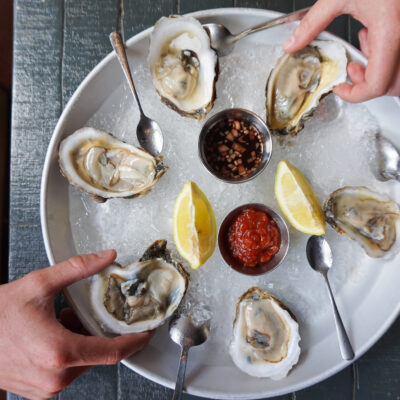
The mission follows the resumption of U.S.- EU trade in shellfish products earlier this year, after ten years of disruption.
Read more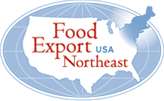
Food Export USA – Northeast is a non-profit organization that promotes the export of food and agricultural products from the northeast region of the United States. The organization has been helping exporters of northeast food and agricultural products sell their products overseas since 1973, when it was first created as a cooperative effort between 10 northeastern state agricultural promotion agencies and the United States Department of Agriculture’s Foreign Agricultural Service (FAS). Food Export-Northeast, in conjunction with its member states, provides a wide range of services to facilitate trade between local food suppliers and importers around the world. These services include: export promotion, customized export assistance, and a cost-share funding program.
Read more
Food Export Association of the Midwest USA is a non-profit organization that promotes the export of food and agricultural products from the Midwestern region of the United States. Food Export-Midwest, in conjunction with its member states, provides a wide range of services to facilitate trade between local food suppliers and importers around the world. These services include: export promotion, customized export assistance, and a cost-share funding program.
Read more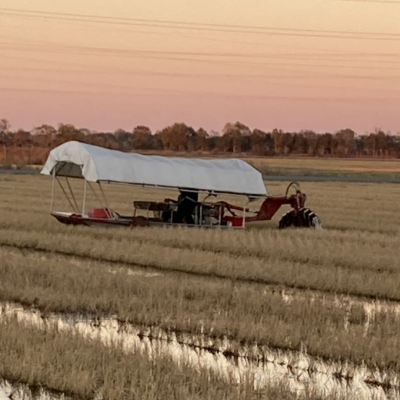
Six journalists from the UK and EU spent last week touring southwest Louisiana rice country for an in-depth look at U.S. rice production with a special emphasis on sustainable production practices.
Read more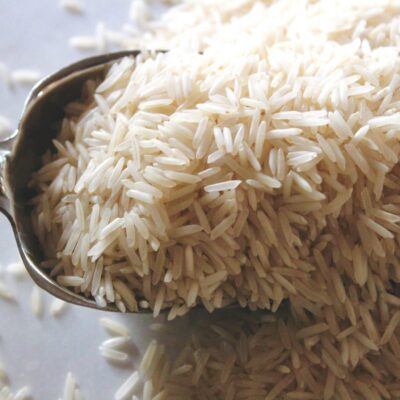
By Peter Bachmann, Vice President, Policy & Government Affairs, USA Rice.
Read more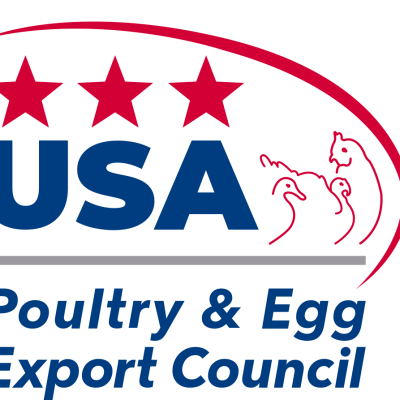
The USA Poultry & Egg Export Council, known by the acronym USAPEEC, is a trade association of the U.S. poultry and egg industry that is dedicated to increasing exports of U.S. poultry and eggs worldwide. Through its international network around the globe, USAPEEC keeps current on issues that have a direct impact on U.S. poultry and egg exports. The heritage of the family farm and the importance of the land have allowed the poultry and egg industries to take the lead in sustainable development practices as a core principle to maintain a safe and secure food supply and in fundamentally preserving hundreds of rural economies in many states.
Read more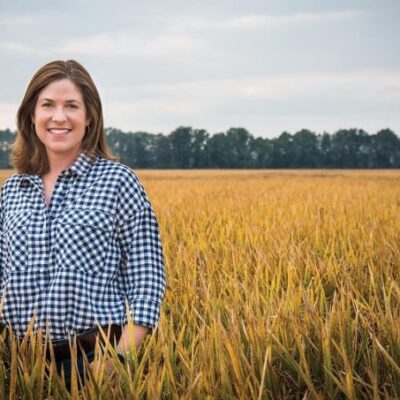
USA Rice farmer, Jennifer James, spoke to Farmers Guardian, a leading UK farming publication, about her life and what it is really like growing rice, corn and soybeans in Arkansas. […]
Read more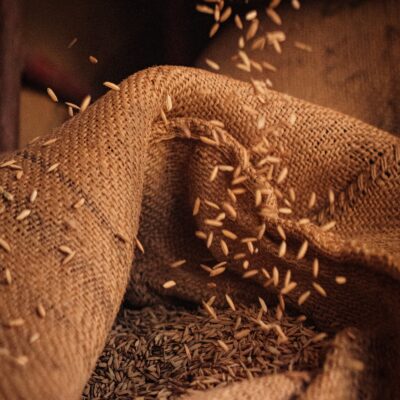
The UK experienced a 207 percent increase in U.S. rice imports during the first quarter of 2017 (over 10,000 MT valued at $5.4 million). This was been driven by a […]
Read more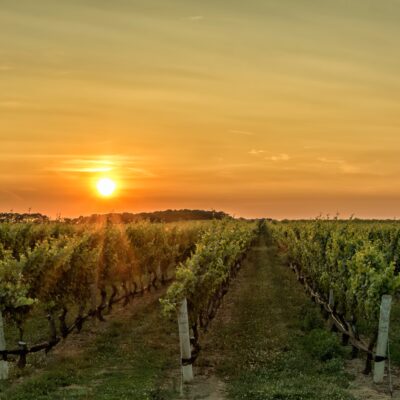
The annual value of EU agri-food exports in 2016 reached €130.7 billion, a new record level representing an increase of €1.7 billion from 2015. The biggest increases in annual exports […]
Read more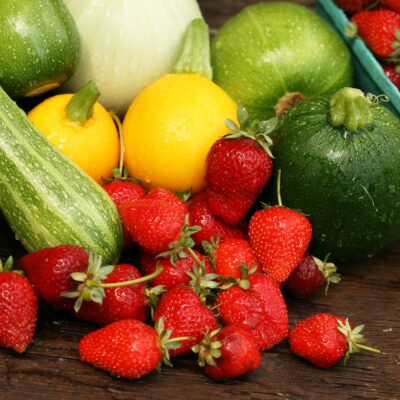
U.S. food and beverages will be featured at Canada’s largest food exhibition, SIAL Canada, which opens its doors next week in Montreal to more than 15,000 visitors from 60 countries.
Read more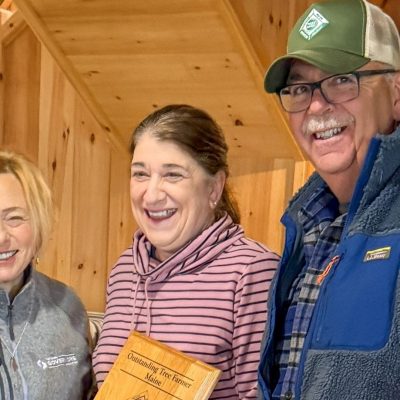
After more than three decades of tree farming, Jay and Kathryn Libby have won the 2025 Maine Outstanding Tree Farm Award.
Read more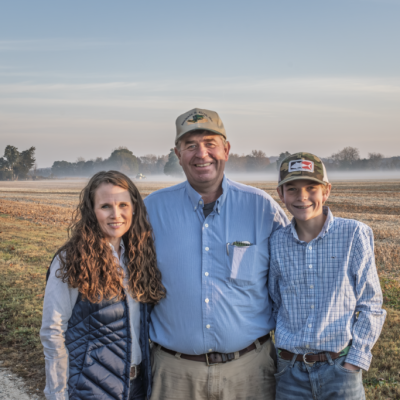
The Ellis family - Benjamin, Shannon and their son Tripp - farm in the environmentally sensitive and highly regulated Chesapeake Bay Watershed.
Read more
As the public and private sectors increasingly choose building materials based on factors such as carbon footprint and renewability rather than solely on cost, sustainably sourced wood products offer a promising solution.
Read more
The old Hawaiian proverb “The land is chief, and man is its servant” guides Parker Ranch and its cow-calf operation. The ranch raises cattle in a way that respects natural resources while ensuring cattle health, beef quality and food safety.
Read more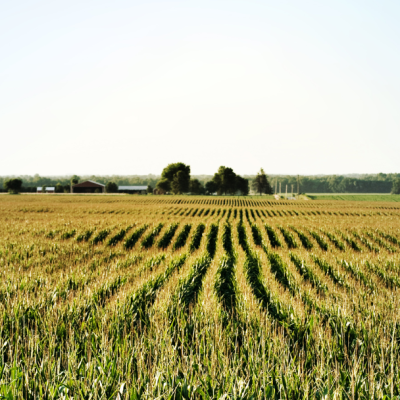
May 2025. A detailed overview of U.S. agricultural exports in 2024, highlighting key export markets and top-performing commodities.
Download now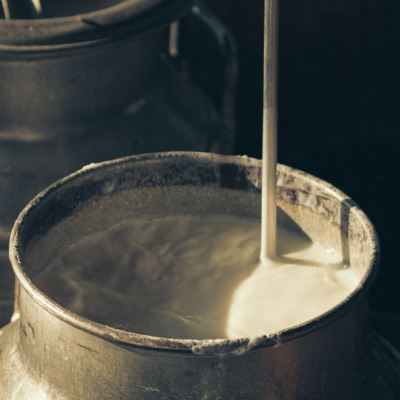
May 2025. A comprehensive farmgate life cycle assessment (LCA) that enhances understanding of greenhouse gas emissions in the U.S. dairy industry.
Download now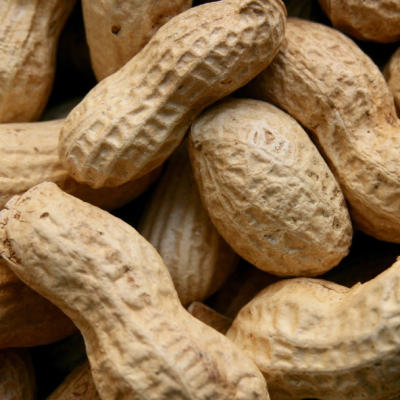
May 2025. The latest annual report from The Peanut Research Foundation, the American Peanut Council's research arm, highlights the latest research innovation and investments aimed at keeping the U.S. peanut industry competitive.
Download now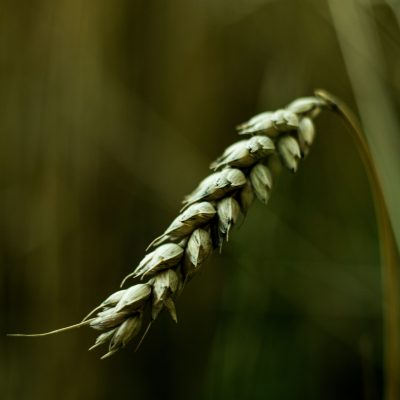
April 2025. An updated study examining the contributions of U.S. grain exports to the U.S. economy.
Download now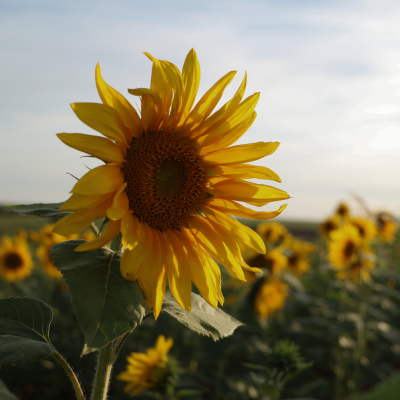
USSA News: latest agricultural trade export data, new dairy LCA, Maine's forest stewards.
Read more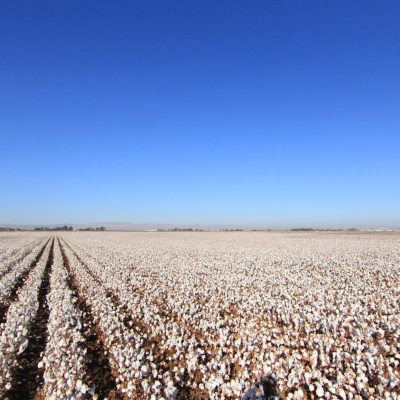
The U.S. Cotton Trust Protocol has achieved its sixth consecutive year of growth. The voluntary sustainability program for U.S. cotton now represents 18% more acres and 14% more growers than in 2024.
Read more
U.S. Secretary of Agriculture Brooke Rollins led a trade delegation to Rome, Italy, in early June as part of a program to expand market access for U.S. agricultural products in Europe.
Read more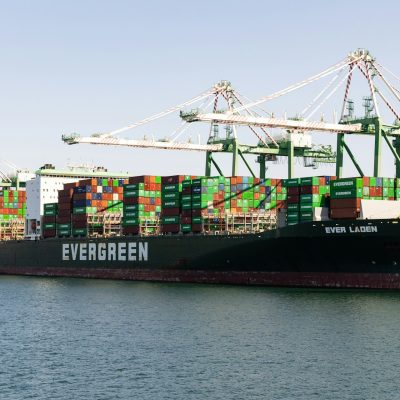
In 2024, the value of U.S. agricultural exports reached $176 billion, the third-highest total on record. The European Union (EU) emerged as the fourth-largest market for these exports, with tree nuts ranking as the top export commodity in the region.
Read more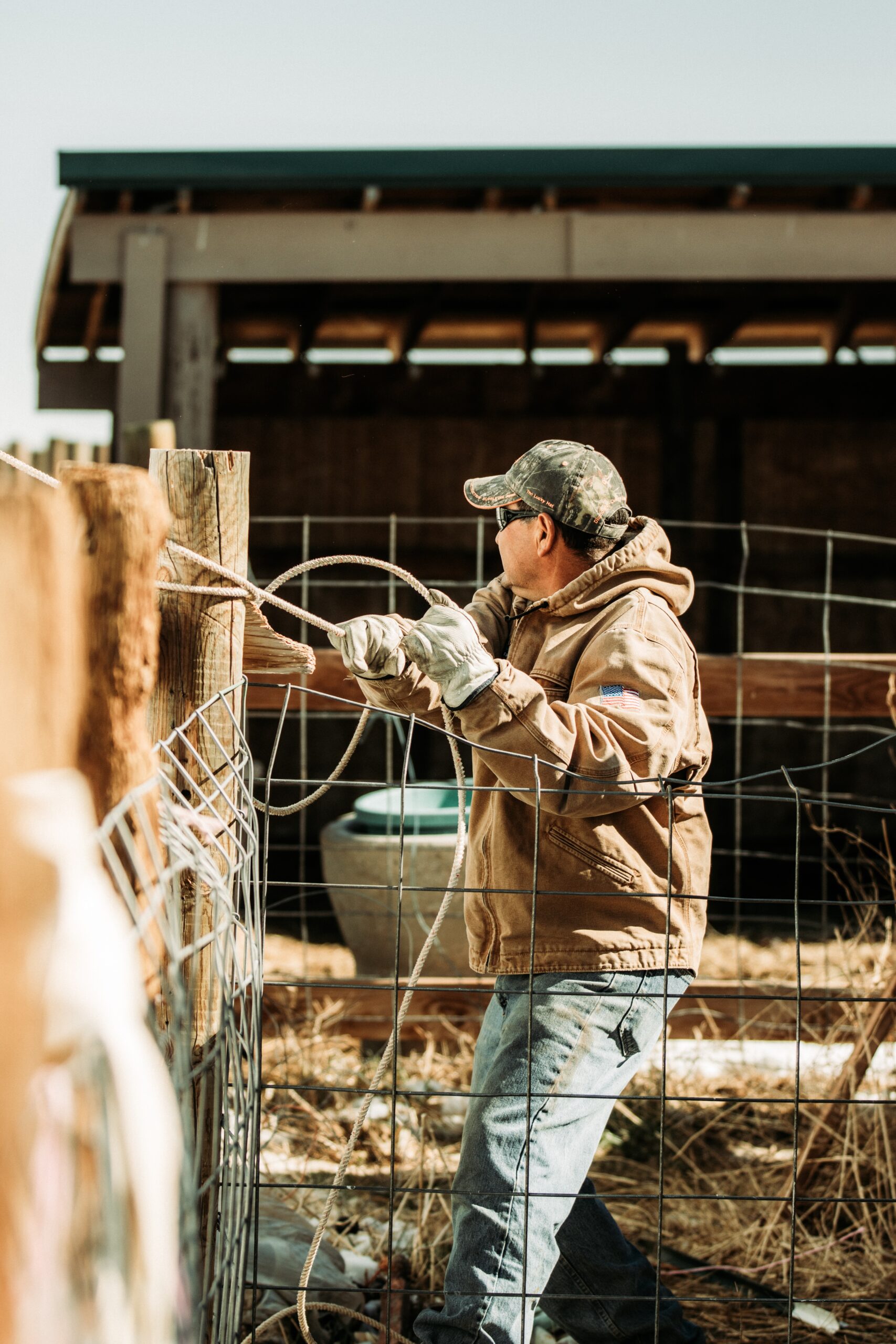
Whilst the USSA members work to exceed regulatory requirement, U.S. laws and regulations provide a robust framework, developed over many years, to ensure and promote the sustainability of its crop, livestock, seafood and forestry sectors. The policies look to immediate impacts on the environment and beyond to cover topics from employment to biodiversity to endangered species. The following pages provide context and an introduction to key federal legislation.

Focused on conservation and environmental stewardship, the USDA, working with The Natural Resources Conservation Service on technical assessment and the Farm Service Agency for enforcements, uses grant management to deliver best practice. A particular focus is on erodible lands and wetlands, with ‘sodbuster’ and ‘swampbuster’ rules, requires presentation of conservation strategies prior to conversion of lands to agricultural use. One result, that soil loss has been halved since 1982.
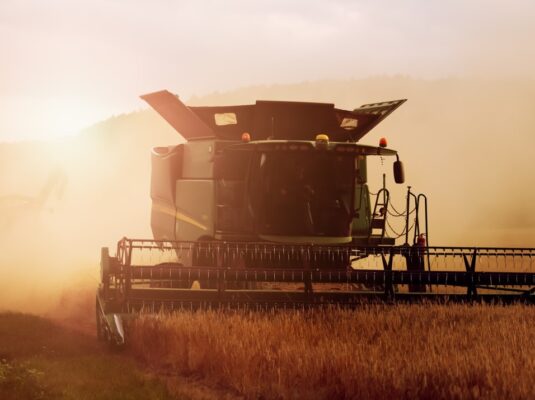
The U.S. recognizes that sustainability has many facets and action is required in explicit areas. This has resulted in the enactment of a wide range of laws from the Clean Water Act and Clean Air Act to the Endangered Species Act, to research and regulatory action on Insecticides and Fungicides and Rodenticide Act; and, with the Lacey Act a focus on illegal trafficking of plants, fish and animals.

In the latest episode of This is U.S. Sustainability, we hear from two multi-generational farmers – an eleventh-generation grains farmer from Maryland and the owner of a centennial cattle farm in Louisiana – about how they have moved with the times while staying true to their roots. We cover rotational grazing, no-till cultivation, water conservation, biotech seeds, and more. And we discuss why going back to the natural cycle is sometimes the best approach.

Tune in to the latest episode of This is U.S. Sustainability to hear how Paul Catanzaro and Professor Tony D’Amato work together to reach family forest owners and ensure they have the information and resources to make the right decisions about their land. And learn about the vital role Tim Stout, a Vermont landowner, plays in amplifying their message.

Tune in for the lowdown on the innovative, often surprising ways the almond industry and the wider food sector are reducing waste. Jet fuel, beer, water filters and peat moss to grow mushrooms – these are just some of the many applications in use and under development.
Discover how softwoods were used in the architecture of PDX Main Terminal, Portland, Oregon, in this new series from the Softwood Export Council.
Watch nowThis new series from the Softwood Export Council spotlights the global reach and versatility of American softwoods in architecture, offering a behind-the-scenes look at sustainable forestry practices.
Watch nowThis new series from the American Feed Industry Association explores the $267 billion U.S. animal food industry, offering insights into its scale and impact.
Watch now